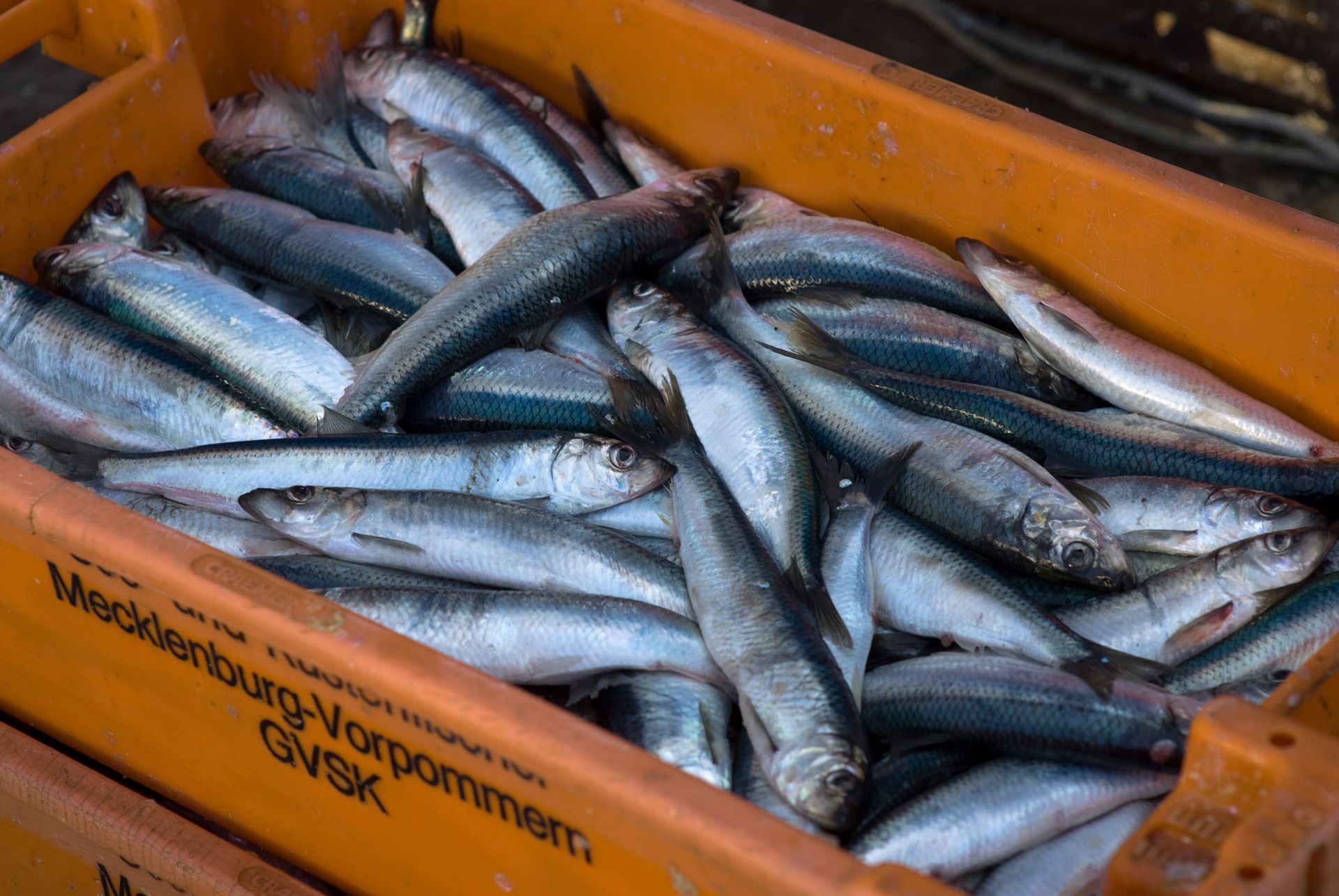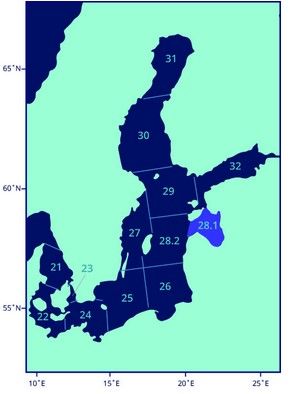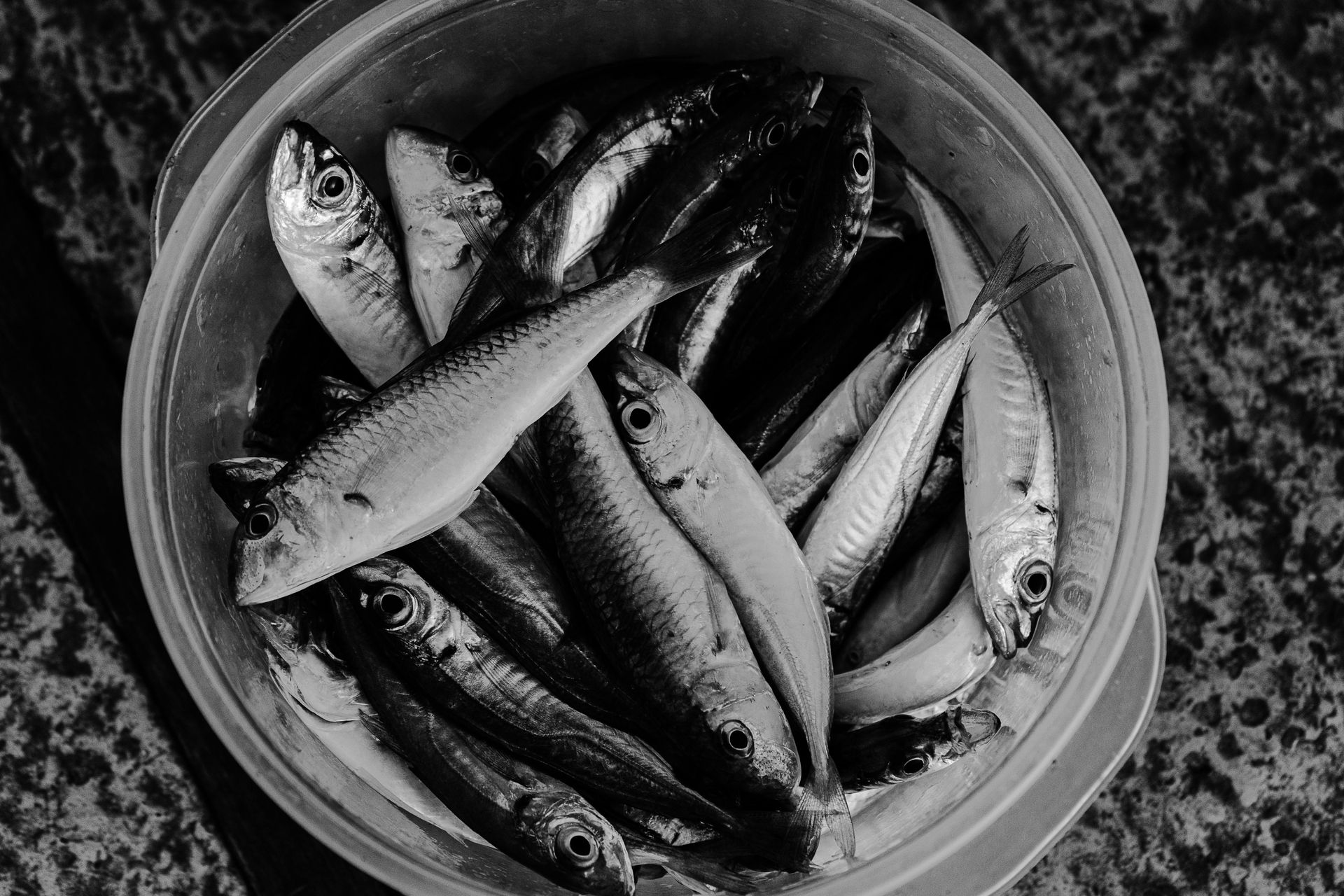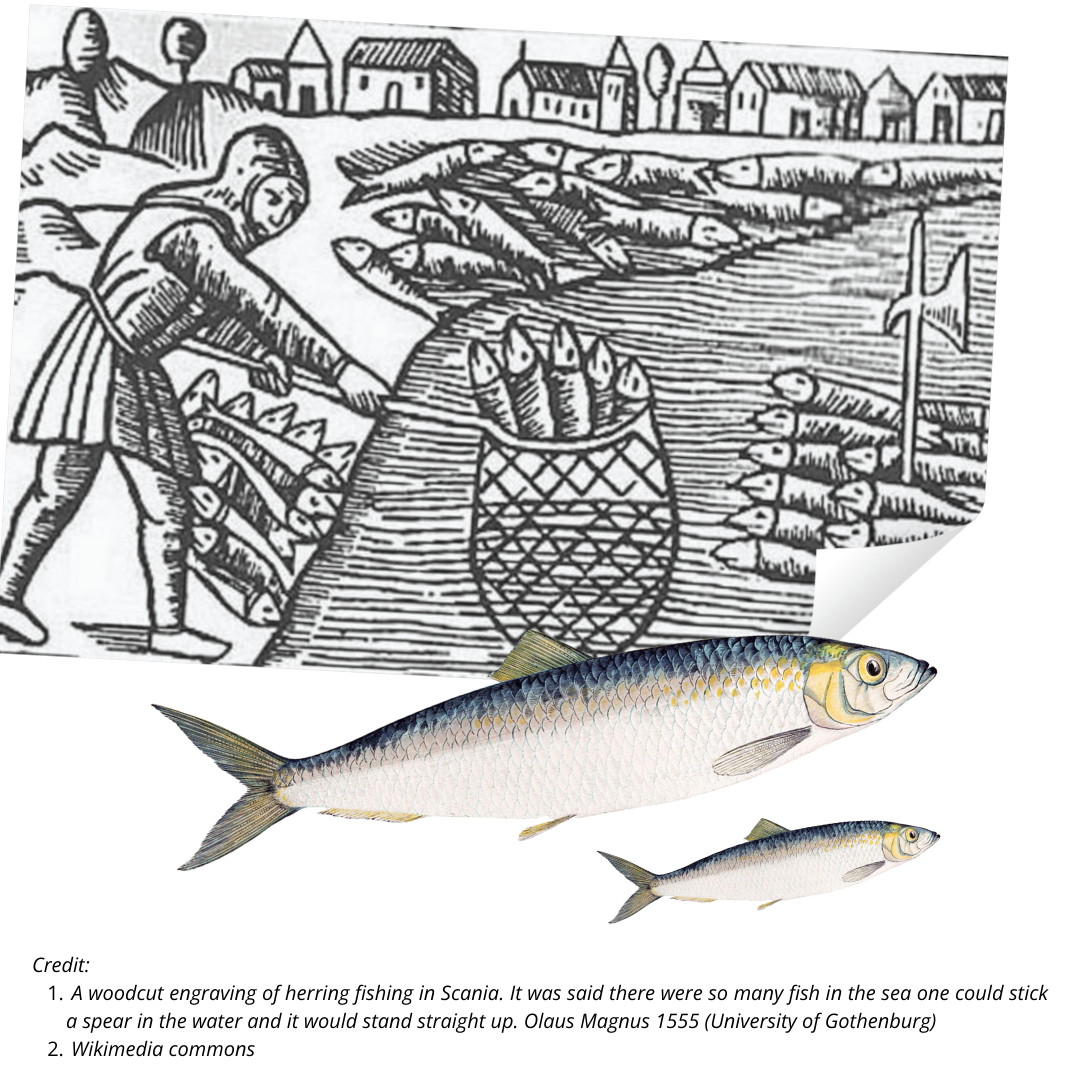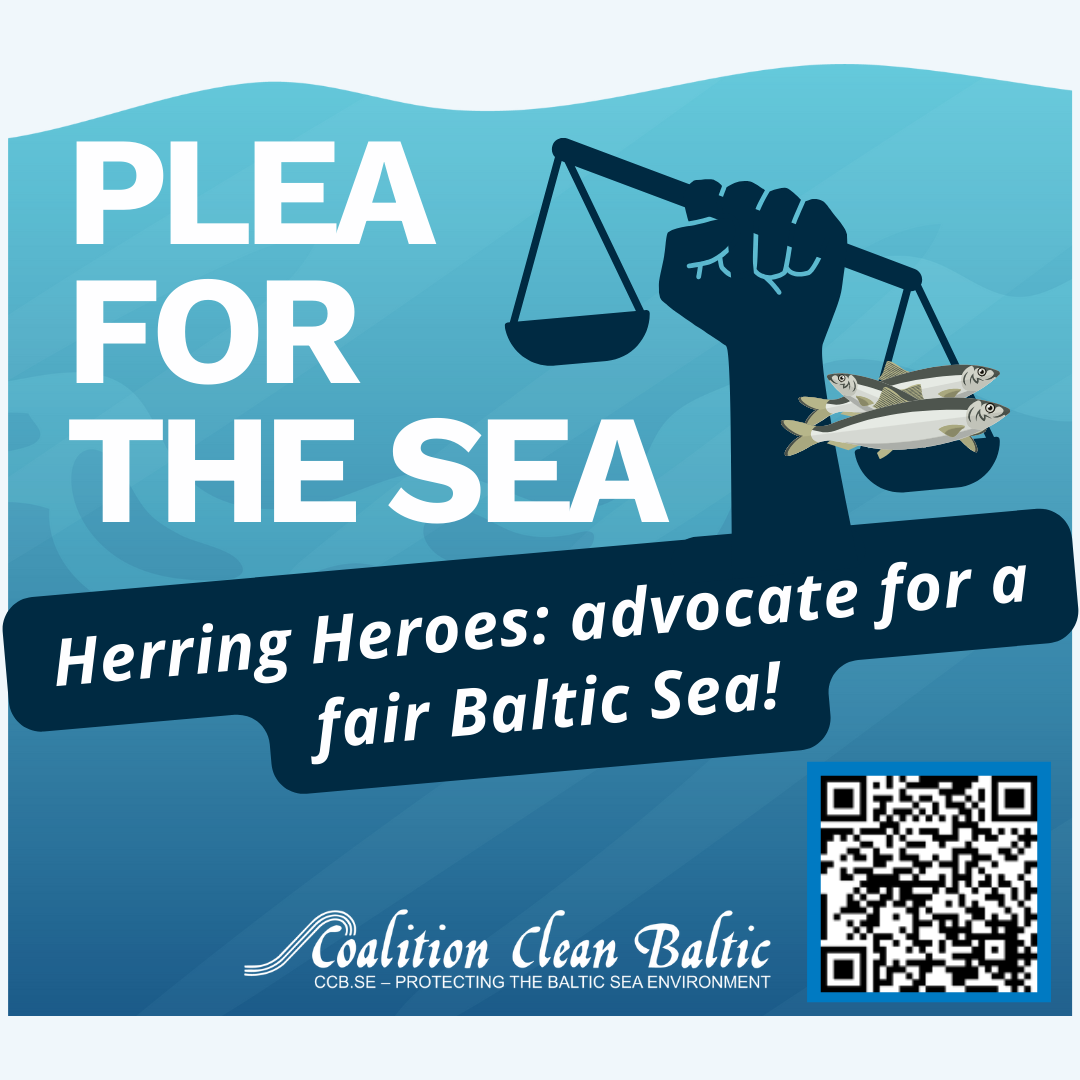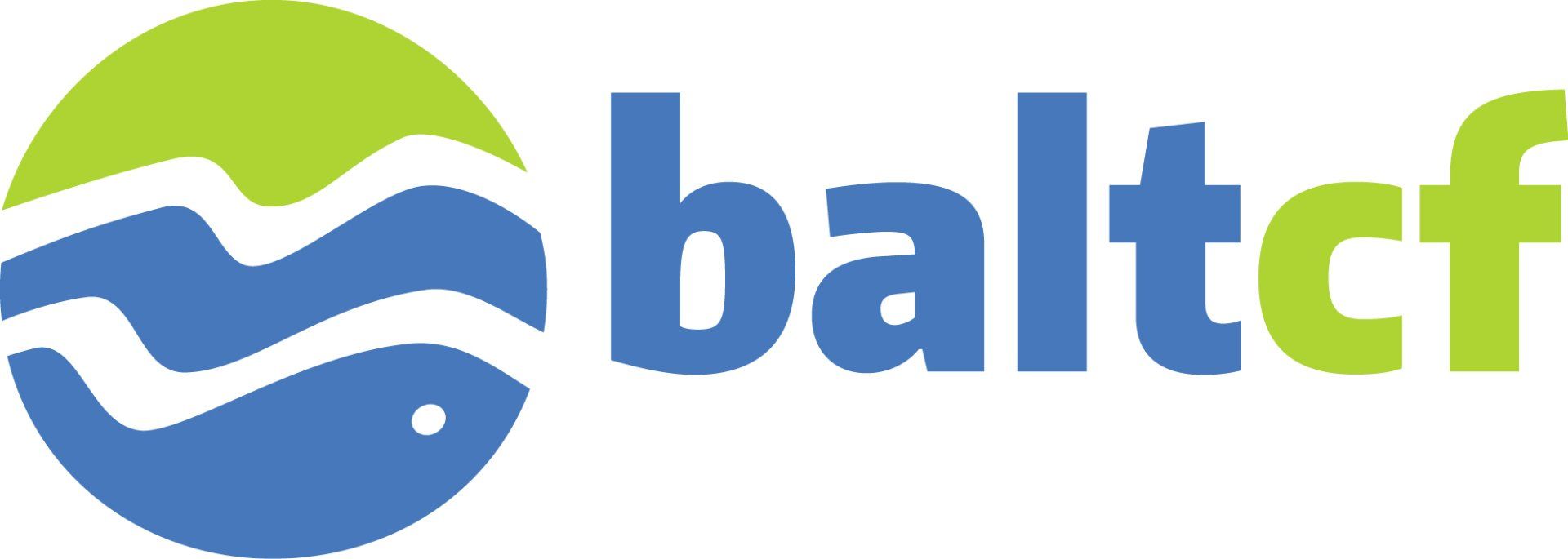Baltic herring
- A silent collapse beneath the waves
For centuries, the Baltic herring has been an essential part of life in the Baltic Sea.
It plays a crucial role in the marine ecosystem, supports coastal communities, and is deeply rooted in regional traditions. But today, herring stocks are declining, and this could have long-term consequences for nature and people alike.
The Baltic herring
OVERFISHING THEN AND NOW
Middle Ages - Echoes from the past
Modern DNA analysis, together with archaeological evidence, shows that
herring
from the Baltic Sea
were traded over long distances as early as the 9th century. Large-scale fishing of herring began centuries ago, and genetic studies indicate that
some populations may have already been overfished by the 13th century.
Although medieval fishermen lacked today’s industrial trawling equipment, fishing pressure could still be intense in earlier times.
1990s - The age of trawling
The late 20th century marked a pivotal shift in Baltic Sea fishing: the introduction of trawling, coupled with larger boats and advanced technology, fundamentally altered fishing practices. This period saw a dramatic decline in fish stocks, including for the Baltic herring, with the Gulf of Bothnia experiencing a more than 50% drop since the early 1990s, and stocks in the western Baltic Sea decreasing by 80% over the same period.
Today - Ignoring science
Despite the
ICES scientific advices, outlining that many of the Baltic herring stocks are outside safe biological limits, which has long been integral to the EU´s decision making process to set the annual fishing catch quotas - Total Allowable Catches (TACs), in recent years
the EU Council has disregarded this and continued to allow large-scale fishing for Baltic herring.
Indeed,
on October 24, 2023 the EU Agriculture and Fisheries Council chose to set fishing quotas for 2024 as usual, ignoring scientific facts and legal guidelines. The
same happened in 2024, when EU fisheries ministers yet again ignored the limits of the ecosystem and exceeded scientific recommendations on some of the Baltic TACs. For example, for the central Baltic herring, they decided to increase the TAC by over 100%.
Useful Resources
HOW CAN WE FISH RESPONSIBLY?
Coastal fishers and NGOs alike are demanding action as there´s less fish and the whole ecosystem is under more pressure and we risk losing an entire fishery and the culture with it.
Therefore, in light of the very poor status on the Baltic Sea and its fish stocks, in January 2024 CCB requested an internal review from the EU Council to seek explanation of how the 2023 October AGRIFISH Council decisions are valid and meet the legal requirements in place.
When this request was rejected with the claim that nothing was incorrect in the Council’s decision, CCB decided to appeal it and ask
the EU Court for an annulment of the Council's decision not to review the 2024 Baltic fish quota decision.
If the court approves CCB´s request, it would affect how the Ministers can act in the future. It would set a precedent and clarify how fisheries and environmental laws should be interpreted in the light of setting fishing quotas not only in the Baltic Sea but across the EU.
It will be a long journey, but we can't do it alone —
we need your support.
BE A HERRING HERO
- HOW YOU CAN HELP
Everyone can play a role in protecting the Baltic herring and the sea
it calls home:
- Choose sustainably sourced fish – Look for seafood from small-scale, coastal fishers that prioritize long-term health of fish stocks, and avoid fish from stocks that are not in good status, such as the Baltic cod.
- Stay informed and spread the word – Sharing knowledge helps build support for sustainable policies.
- Be a Herring Hero! – Your donation can help to support the legal case and to pressure policy-makers to follow the law and protect the Baltic Sea marine life.
Plea for the Sea - Herring Heroes: advocate for a fair Baltic Sea!
The continued decline of our stocks caused by the Ministries continuously acting like it’s business as usual has to stop. It’s time we demand legal action of the flagrant disregard for the law and the environment.
Coalition Clean Baltic (CCB)
Donate now and be a Herring Hero!
#PleaForTheSea - Advocate for a Fair Baltic Sea
For more information:
CCB Secretariat: secretariat (at) ccb.se
Do you want to support us more?
Discover what you can do to protect our beloved Baltic Sea and its natural resources.
